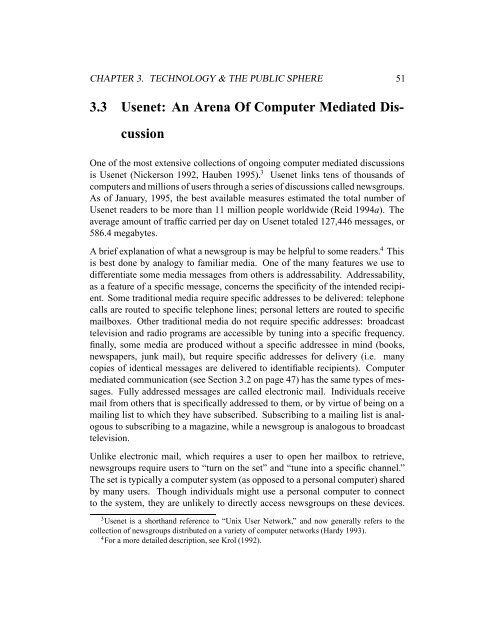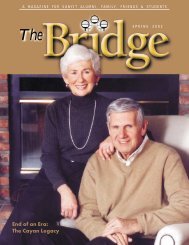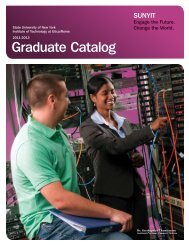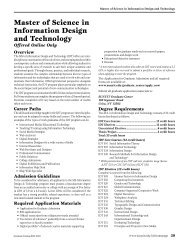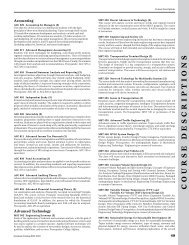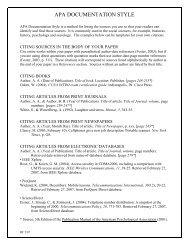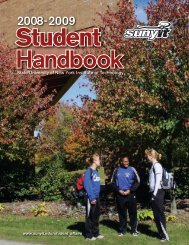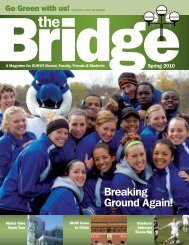Expanding the Public Sphere through Computer ... - ResearchGate
Expanding the Public Sphere through Computer ... - ResearchGate
Expanding the Public Sphere through Computer ... - ResearchGate
You also want an ePaper? Increase the reach of your titles
YUMPU automatically turns print PDFs into web optimized ePapers that Google loves.
CHAPTER 3. TECHNOLOGY & THE PUBLIC SPHERE 51<br />
3.3 Usenet: An Arena Of <strong>Computer</strong> Mediated Discussion<br />
One of <strong>the</strong> most extensive collections of ongoing computer mediated discussions<br />
is Usenet (Nickerson 1992, Hauben 1995). 3 Usenet links tens of thousands of<br />
computers and millions of users <strong>through</strong> a series of discussions called newsgroups.<br />
As of January, 1995, <strong>the</strong> best available measures estimated <strong>the</strong> total number of<br />
Usenet readers to be more than 11 million people worldwide (Reid 1994a). The<br />
average amount of traffic carried per day on Usenet totaled 127,446 messages, or<br />
586.4 megabytes.<br />
A brief explanation of what a newsgroup is may be helpful to some readers. 4 This<br />
is best done by analogy to familiar media. One of <strong>the</strong> many features we use to<br />
differentiate some media messages from o<strong>the</strong>rs is addressability. Addressability,<br />
as a feature of a specific message, concerns <strong>the</strong> specificity of <strong>the</strong> intended recipient.<br />
Some traditional media require specific addresses to be delivered: telephone<br />
calls are routed to specific telephone lines; personal letters are routed to specific<br />
mailboxes. O<strong>the</strong>r traditional media do not require specific addresses: broadcast<br />
television and radio programs are accessible by tuning into a specific frequency.<br />
finally, some media are produced without a specific addressee in mind (books,<br />
newspapers, junk mail), but require specific addresses for delivery (i.e. many<br />
copies of identical messages are delivered to identifiable recipients). <strong>Computer</strong><br />
mediated communication (see Section 3.2 on page 47) has <strong>the</strong> same types of messages.<br />
Fully addressed messages are called electronic mail. Individuals receive<br />
mail from o<strong>the</strong>rs that is specifically addressed to <strong>the</strong>m, or by virtue of being on a<br />
mailing list to which <strong>the</strong>y have subscribed. Subscribing to a mailing list is analogous<br />
to subscribing to a magazine, while a newsgroup is analogous to broadcast<br />
television.<br />
Unlike electronic mail, which requires a user to open her mailbox to retrieve,<br />
newsgroups require users to “turn on <strong>the</strong> set” and “tune into a specific channel.”<br />
The set is typically a computer system (as opposed to a personal computer) shared<br />
by many users. Though individuals might use a personal computer to connect<br />
to <strong>the</strong> system, <strong>the</strong>y are unlikely to directly access newsgroups on <strong>the</strong>se devices.<br />
3 Usenet is a shorthand reference to “Unix User Network,” and now generally refers to <strong>the</strong><br />
collection of newsgroups distributed on a variety of computer networks (Hardy 1993).<br />
4 For a more detailed description, see Krol (1992).


